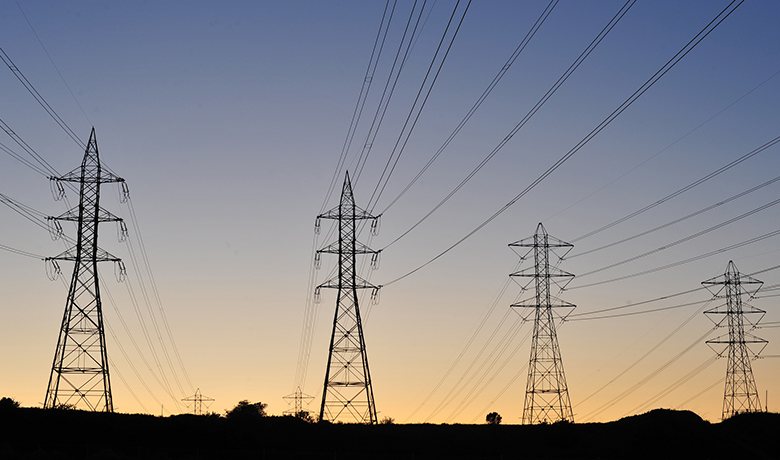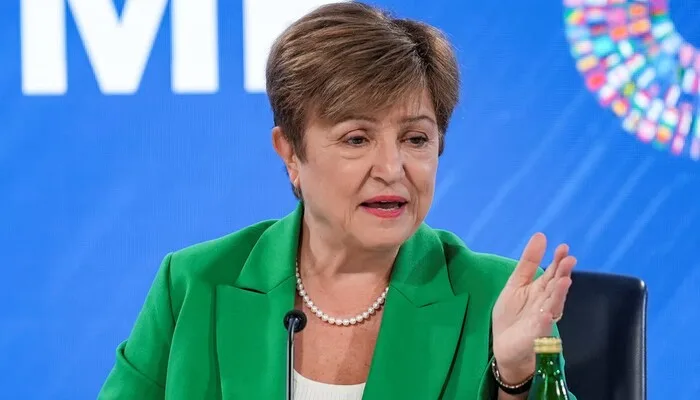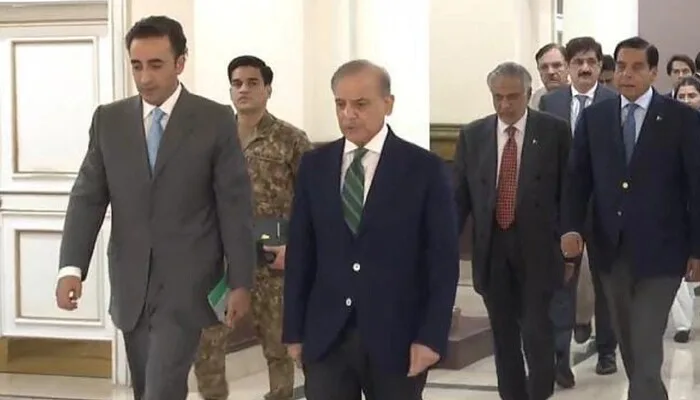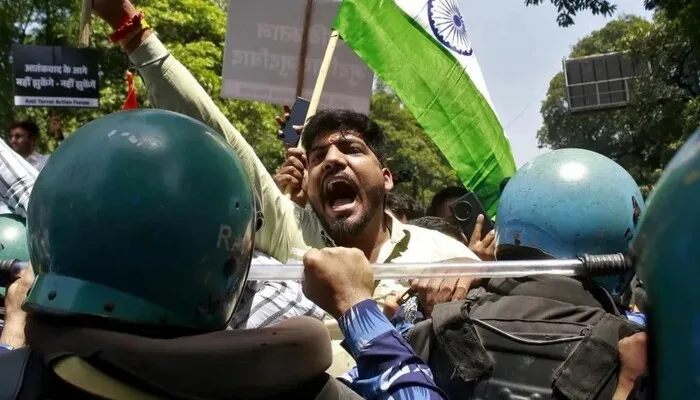
The federal government has launched a series of initiatives aimed at reducing electricity tariffs, acknowledging the severe financial challenges facing the country’s power sector. This move comes as part of a broader effort to address the structural issues plaguing the sector, which has long been a source of concern for both policymakers and the public.
According to sources, the government is exploring multiple strategies to rationalize electricity rates. One of the key measures under consideration is the reduction of allocations in development budgets at both federal and provincial levels. By cutting down on the Public Sector Development Programme (PSDP) at the federal level and the Annual Development Plans (ADPs) of provincial governments, the government hopes to create significant fiscal space. This move is seen as essential to easing the financial burden on the power sector, which has been struggling with inefficiencies and losses.
In addition to budgetary cuts, the government is also considering the shutdown of domestic Independent Power Producers (IPPs) in both the public and private sectors. This step is being viewed as a potential way to reduce capacity charge payments, particularly targeting non-CPEC (China-Pakistan Economic Corridor) IPPs. These charges have been a significant financial strain on the sector, and the government believes that addressing them could provide much-needed relief.
However, the government’s power rationalization plan has not yet received the endorsement of the International Monetary Fund (IMF). The lack of IMF approval could pose a challenge to the implementation of these measures, as the global financial institution’s support is often crucial for the success of such initiatives.
Moreover, resistance within the government is also emerging. Some key officials have expressed concerns about the feasibility of the proposed plan, warning that it may not provide a permanent solution to the deep-rooted problems in the power sector. These officials argue that while the measures might offer temporary relief, they do not address the fundamental issues that have led to the sector’s current state of disrepair.
The power sector in Pakistan has long been a loss-making entity, burdened by inefficiencies, corruption, and outdated infrastructure. The government’s latest efforts to rationalize electricity tariffs are seen as a necessary step, but there is skepticism about whether these measures will be enough to bring about lasting change.
High-level sources have indicated that the government is specifically targeting non-CPEC IPPs for capacity charge payments through various instruments. This move could lead to significant changes in how the power sector operates, potentially reducing the financial strain on the government. However, the success of this initiative will depend on the government’s ability to navigate the complex challenges and pushback it is likely to face.
As the government continues to work on its plan, the future of Pakistan’s power sector remains uncertain. While the proposed measures could offer some relief, the long-term stability of the sector will require more comprehensive and sustainable solutions. The coming months will be critical in determining whether the government’s efforts will lead to meaningful reform or if the power sector will continue to be a drain on the nation’s resources.
Read More News: Israeli Forces Escalate Gaza Strikes Amid Ceasefire Uncertainty
Follow us on Instagram, YouTube, Facebook, Whats App, and TikTok for latest updates.
















